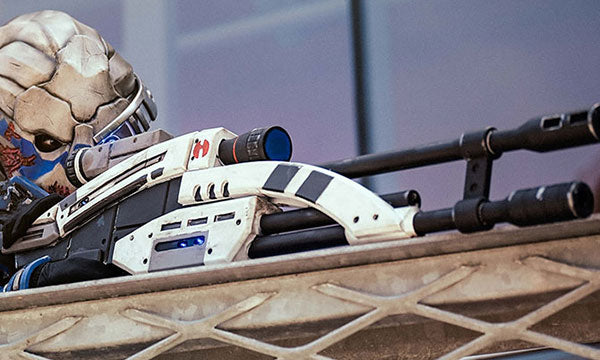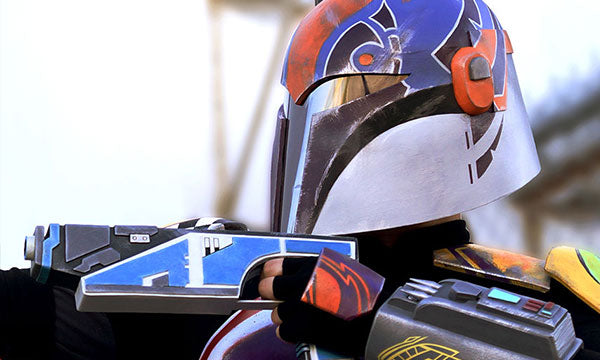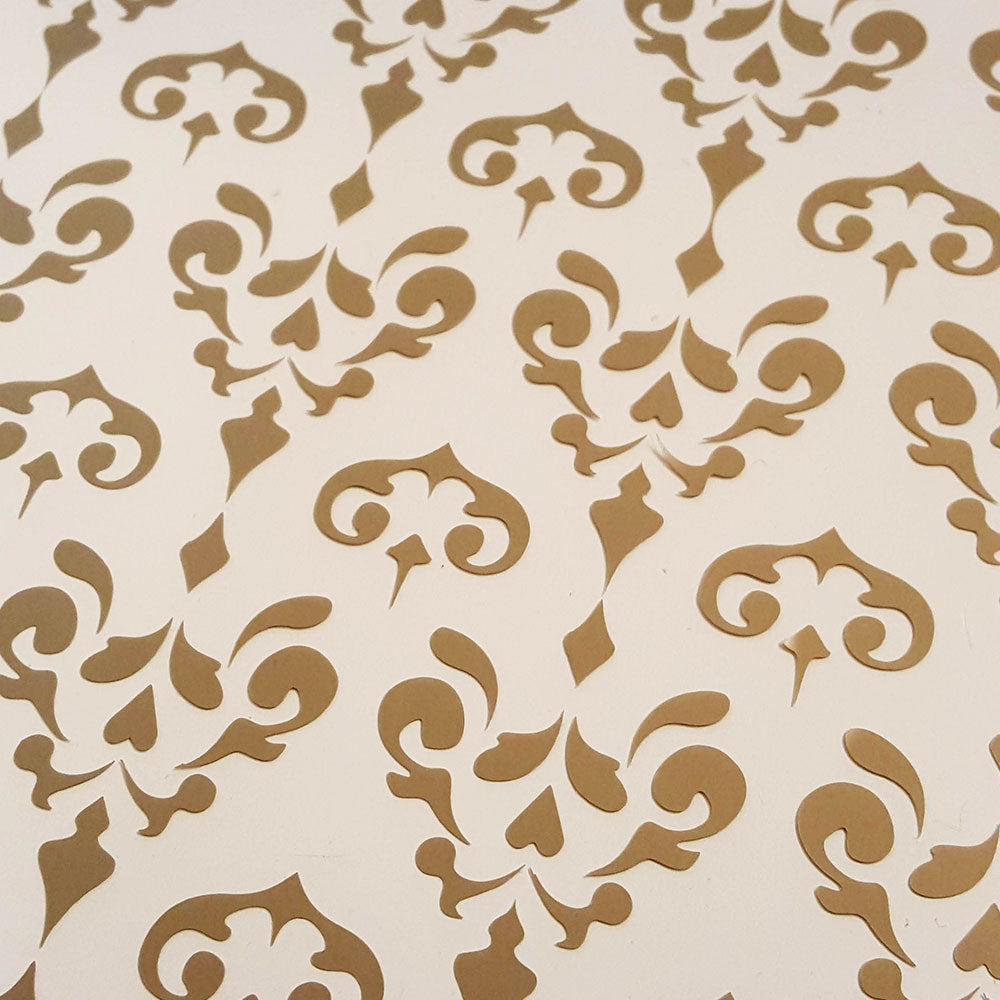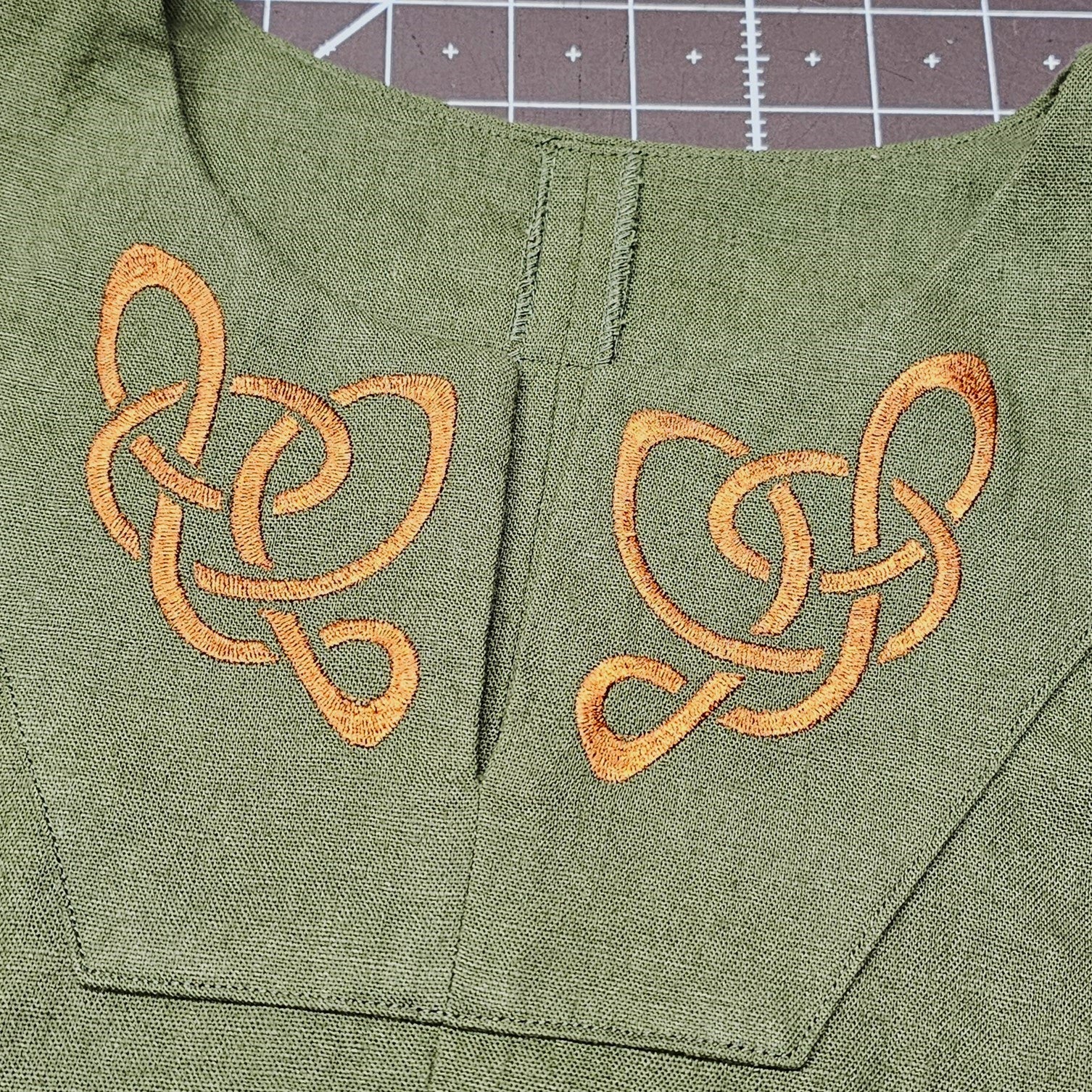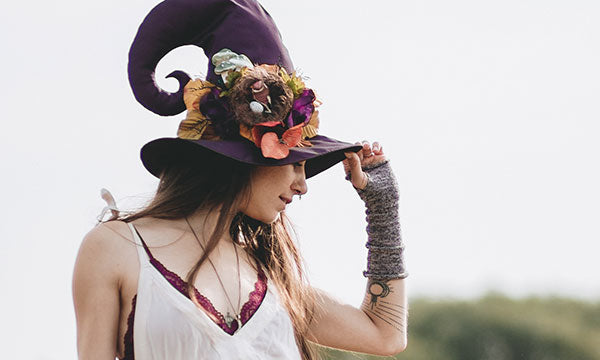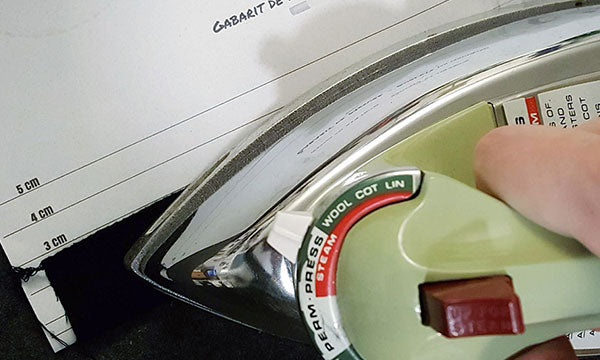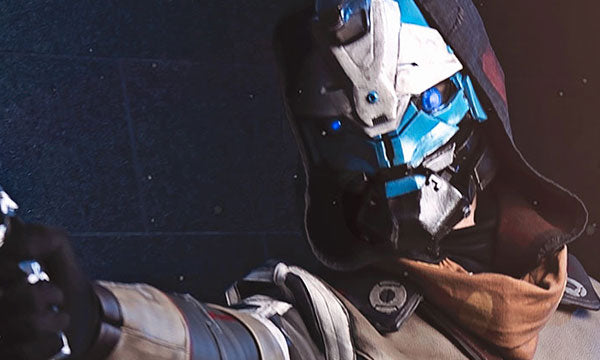Weathering your cosplay
Or how to give more life to your costume
Have you ever finished a costume and said to yourself, “I don’t know what it is. But, it seems there's something missing…”. You know, when you feel like your outfit doesn't have as much life as you would like? Maybe the answer is to do a patina. Or add some weathering.
“What? Patina, weathering? What are you talking about?»
Patina, or weathering, is the alteration of an object under the effect of time. It can happen naturally or artificially. In other words...
Weathering a piece of clothing or a prop is when you wear it out or get it dirty prematurely to make it look older.
It gives life to it. That way, your costume screams less "I'm straight from the factory (in your case – and mine – from the workshop) and I'm still fresh and innocent". If the hat is Indiana Jones was top clean and without any scratches, it would lack authenticity, right? Well, it's the same for your hat.
Personally, I don't add patina to ALL the costumes I make. In some cases, we want it to stay nice and clean. It's the case for Sailor Moon. it's ok that she stays spotless, right?
.



